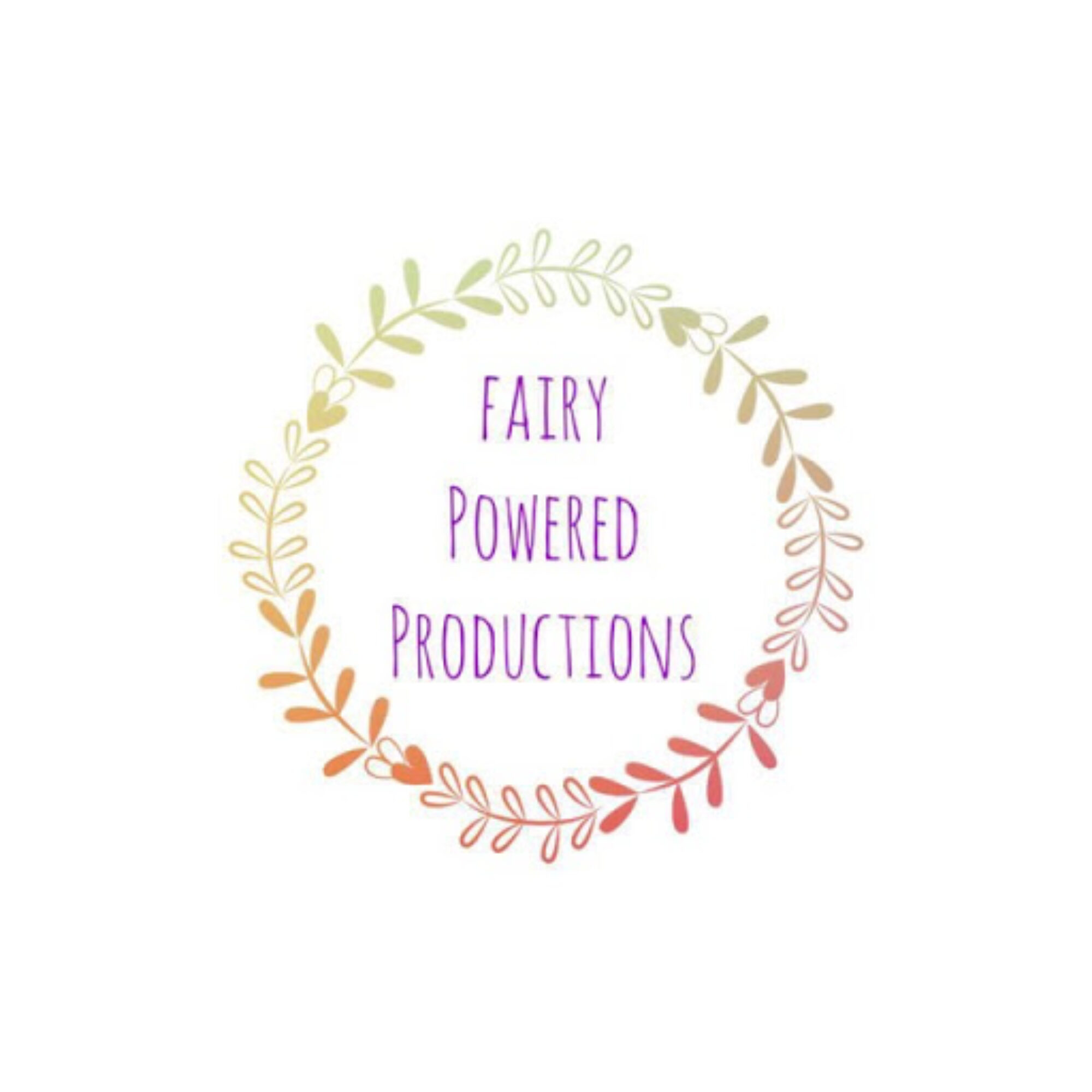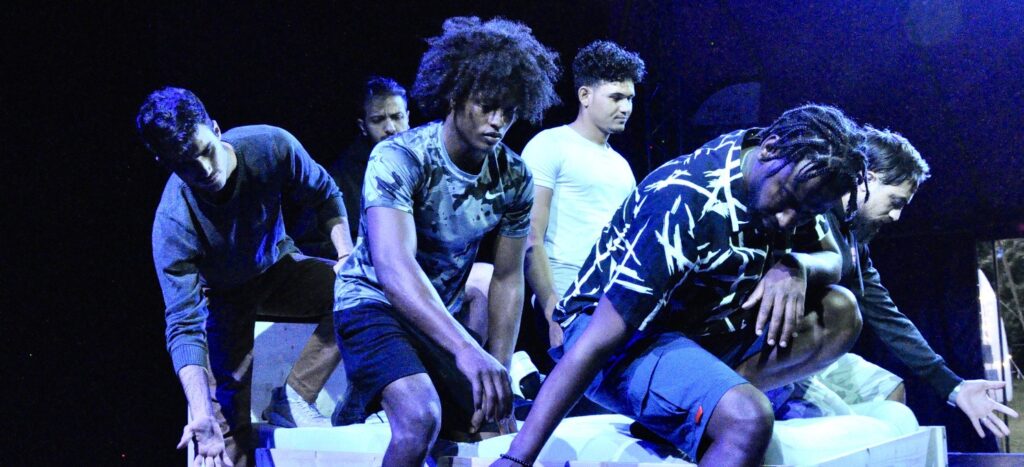Leeds Playhouse – 16th November 2021
Reviewed by Dawn Smallwood
5*****
Phosphoros theatre brings All the beds I have slept in, written and directed by Dawn Harrison, to the Leeds Playhouse for just one evening. This is an account about lived experiences of seven actors; Tewodros Aregawe, Mohamed Abdu Fahmi, Ali Ghaderi, Talal Hassan, Emirjon Hoxhaj, Mardin Mahmoudpour and Syed Haleem Najibi who all came to the UK as teenage asylum seekers between 2013-20. Telling their experiences is nothing new to them as they had to tell them many times to professionals. At the same time, they are being faced with numerous challenges and uncertainties particularly with the asylum system which has proven controversial in recent times.
Raw, honest and personal first-hand accounts of their experiences with support of movement are shared even though the actors’ journeys have led them to settle in this country. However, for many asylum seekers and refugees today they still face many challenges and hurdles with the risk of no fixed abode and even worse, deportation. This production intends to advocate how the current system is not fit for purpose and how much change is needed.
The actors’ insights gives one opportunity to explore responses and see the need for change and hope that the many refugees yearn for. The said actors also share their experiences of unconditional solidarity and how friendships and collectivity can make a difference through care and kindness. Beds are physically and figuratively best places to seek comfort for the present, relive the good memories of the past, and plan and hope for the future.
All the beds I have slept in is excellently put together and received well by audience members. This play may only be an hour long, approximately, but packed with many stories and how their challenges, their solidarity and acts of kindness shaped them to become the people they are today. There is plenty of room and space to think about the stories that are being told and the issues that are raised. It highlights how the stories are seen are just as crucial as them being heard.

